| Structure | Name/CAS No. | Articles |
|---|---|---|
 |
Sulfuric acid
CAS:7664-93-9 |
|
 |
Sodium citrate dihydrate
CAS:6132-04-3 |
|
 |
Methanol
CAS:67-56-1 |
|
 |
Formaldehyde
CAS:50-00-0 |
|
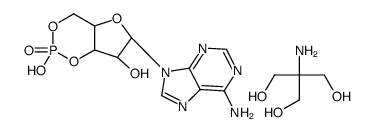 |
ADENOSINE 3':5'-CYCLIC MONOPHOSPHATE TRIS SALT
CAS:102029-77-6 |
|
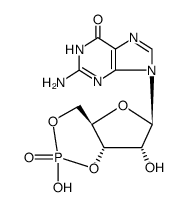 |
Guanosine 3',5'-cyclic monophosphate
CAS:7665-99-8 |
|
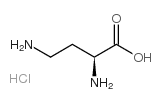 |
H-Dab.HCl
CAS:1482-98-0 |
|
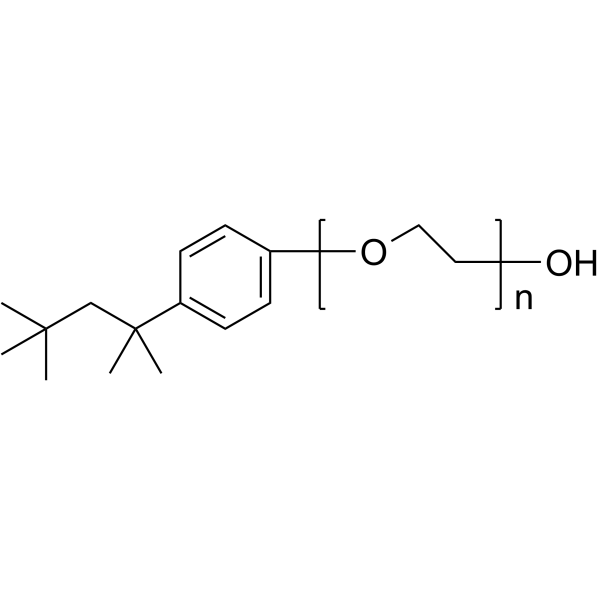 |
Triton X-100
CAS:9002-93-1 |
|
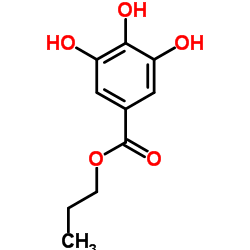 |
Propyl Gallate
CAS:121-79-9 |
|
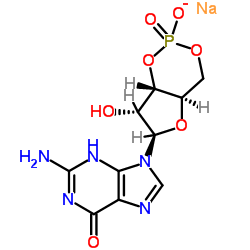 |
guanosine 3':5'-cyclic monophosphate sodium salt
CAS:40732-48-7 |